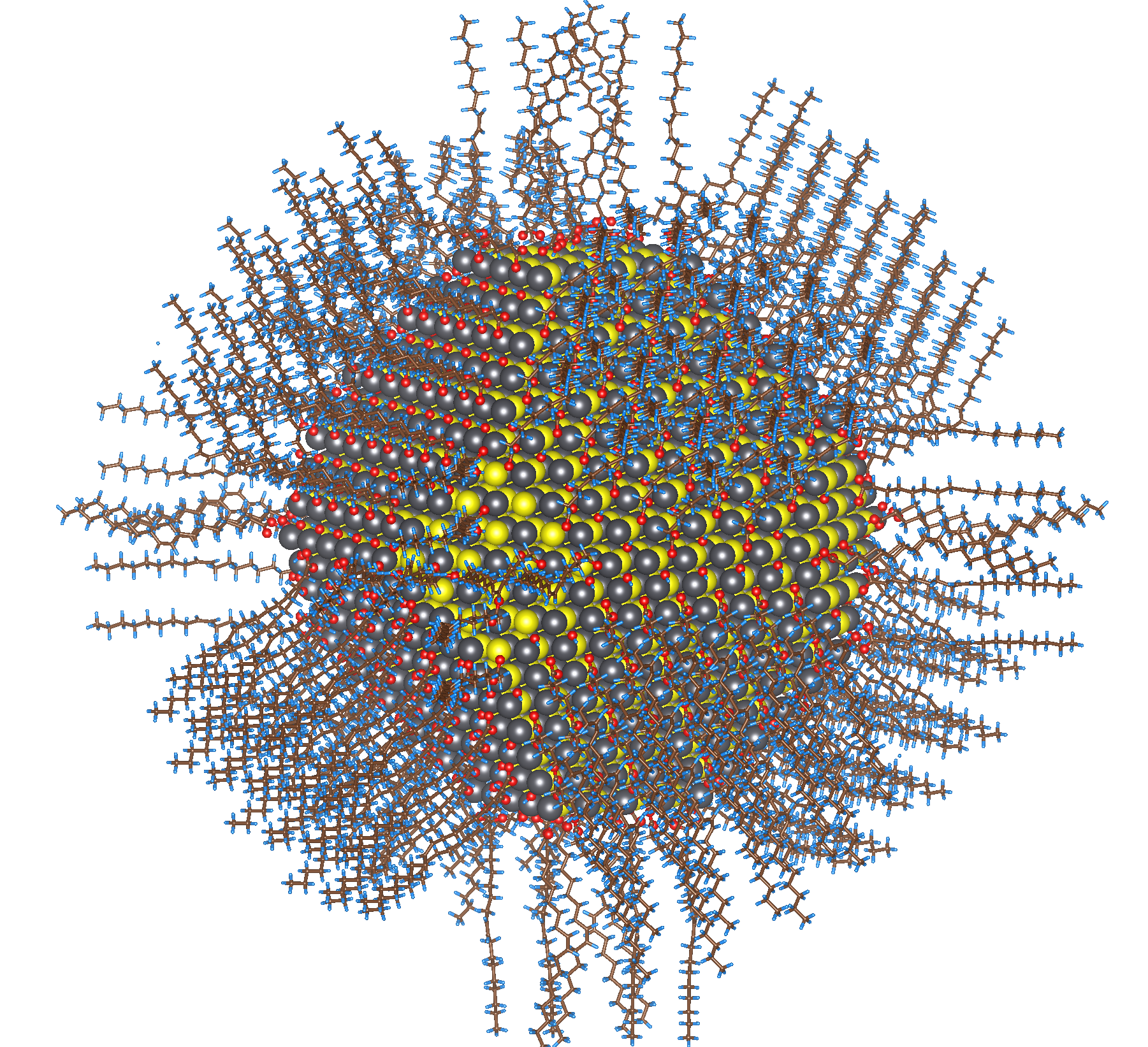A team of experts in Brazil have demonstrated how their recently designed DNA-loaded nanoparticles are capable of passing through the mucus barrier in the lungs.

They believe that this can potentially lead to the development of therapeutic genes that can be delivered directly to the lungs using the nanoparticles to help treat CF, COPD and asthma.
“To our knowledge, this is the first biodegradable gene delivery system that efficiently penetrates the human airway mucus barrier of lung tissue,” said study author Jung Soo Suk.
The lung’s mucus barrier is important to keep lungs healthy as it is responsible for protecting the lungs from being infected by bacteria and foreign agents. The inhaled particles are trapped in the mucus and swept away from the lungs via beating cilia and goes to the stomach to be degraded. In many respiratory conditions this mucus barrier is a lot thicker and drugs cannot penetrate the barrier to get to the damaged cells underneath it and blocks treatment.
The team worked to demonstrate that by placing replacement or corrective genes or drug agents inside a biodegradable nanoparticle ‘wrapper’ that these can be inhaled by the patient and are able to pass through the barrier and work to correct defective genes within lung tissue cells in order to correct these cells so that they work more efficiently and significantly improve respiratory conditions. This would be excellent treatment for severe lung diseases as it would be efficient, a unique dose could work for many months and there would be less adverse side effects and no lung inflammation.
Previous studies have shown that non-viral, DNA-loaded nanoparticles have a positive charge which causes the gene to become attracted to and stick to the negatively charged mucus within the lungs. This has prevented traditional nanoparticles from effectively making it to their targets as they keep sticking to other unwanted targets during the journey through the lungs and also tend to aggregate and clump together making them too large to penetrate the mucus.
The new nanoparticles have a dense coat of a polymer called PEG, which neutralises the charge and prevents the sticky exterior problem. The study showed that these newly designed nanoparticles keep their size and rapidly penetrate the mucus layer. They are also biodegradable containing a protein which breaks down the delivery system once it has delivered its contents to the lung tissue cells.
They are now planning to move on to studies with humans and hopefully this potentially highly effective treatment wont be too many years away. It also demonstrates how wide-ranging the nanoparticle delivery system could potentially be and that by tweaking the system depending on the environment, the method could be used to effectively administer drug treatments to all areas of the body that previously had been considered difficult to reach or with barriers preventing drug access.
References: http://copdnewstoday.com




